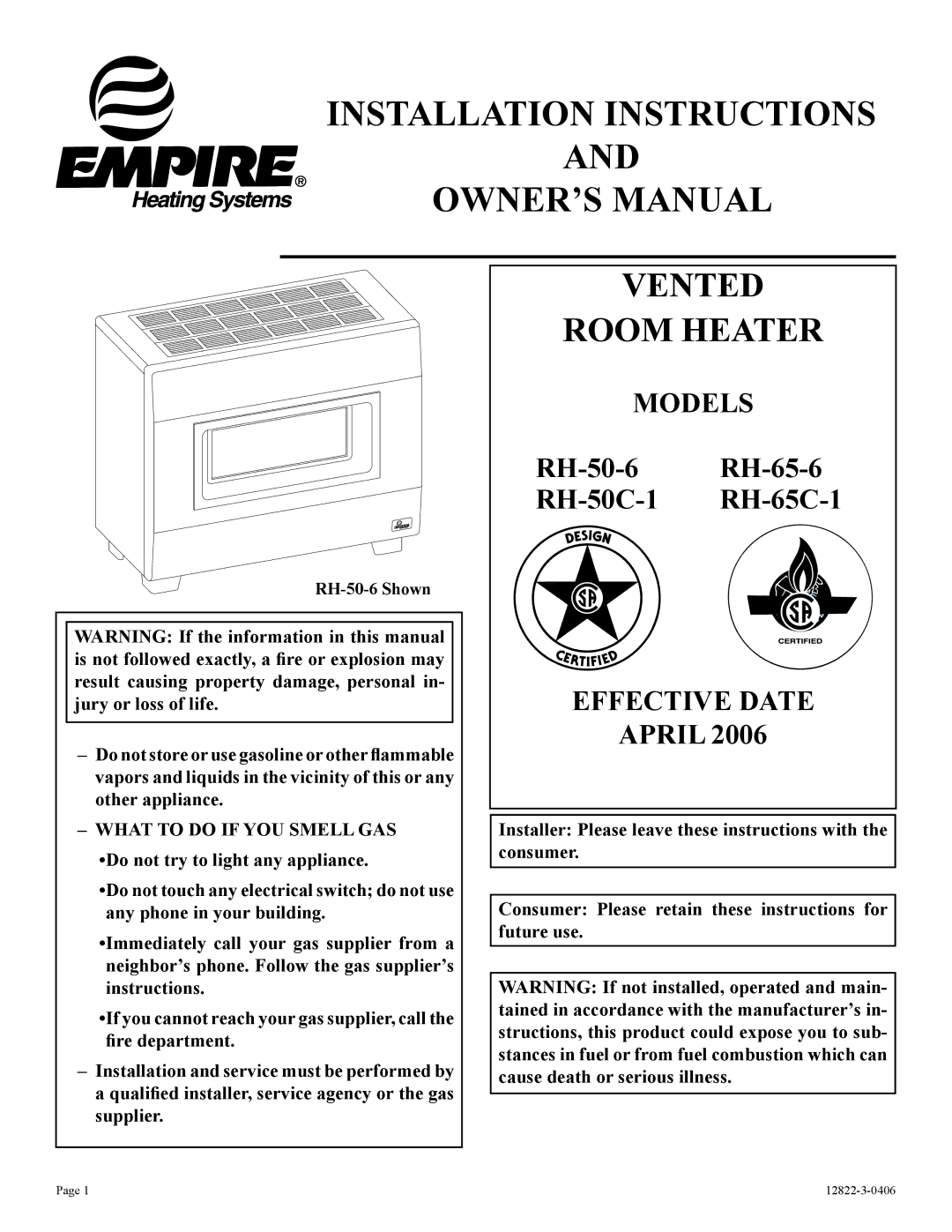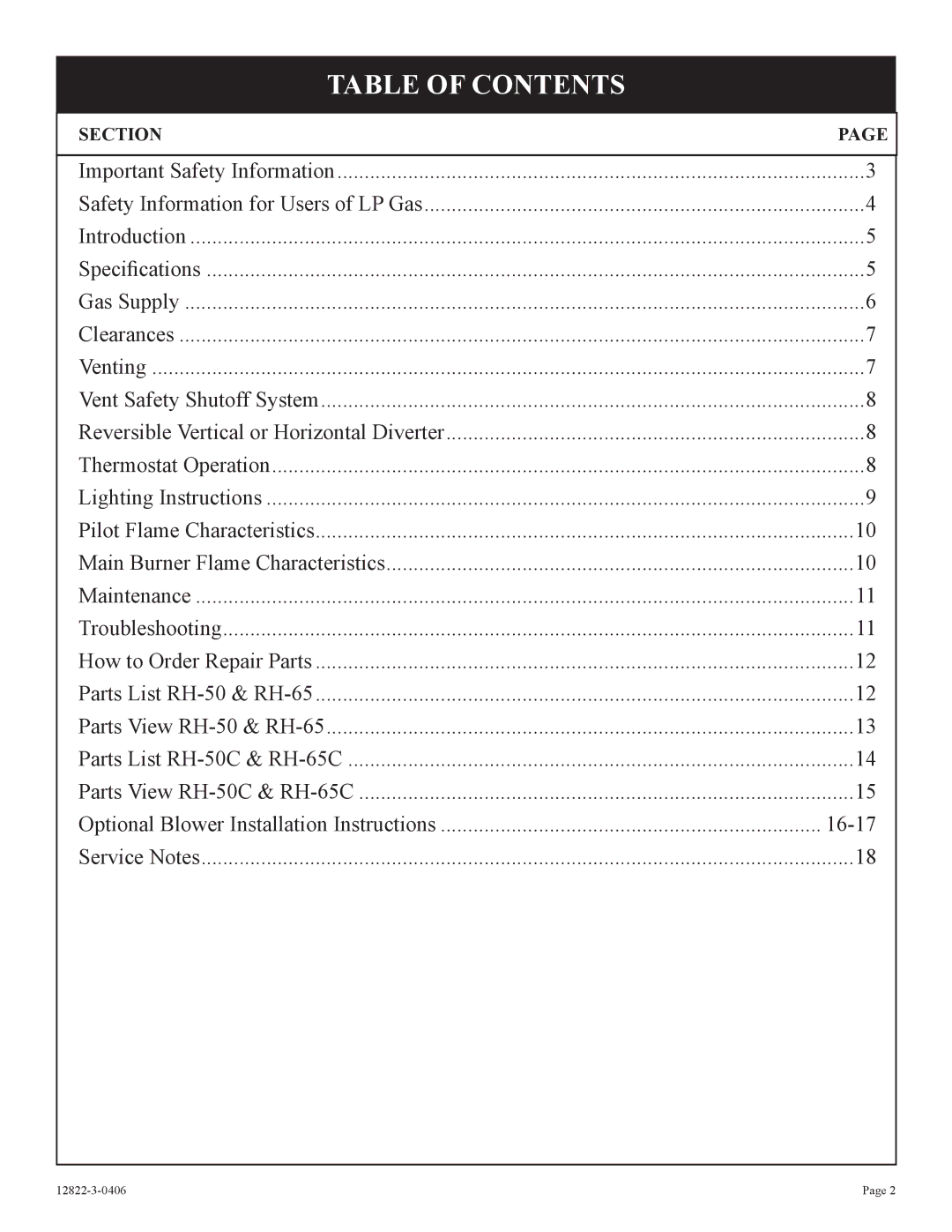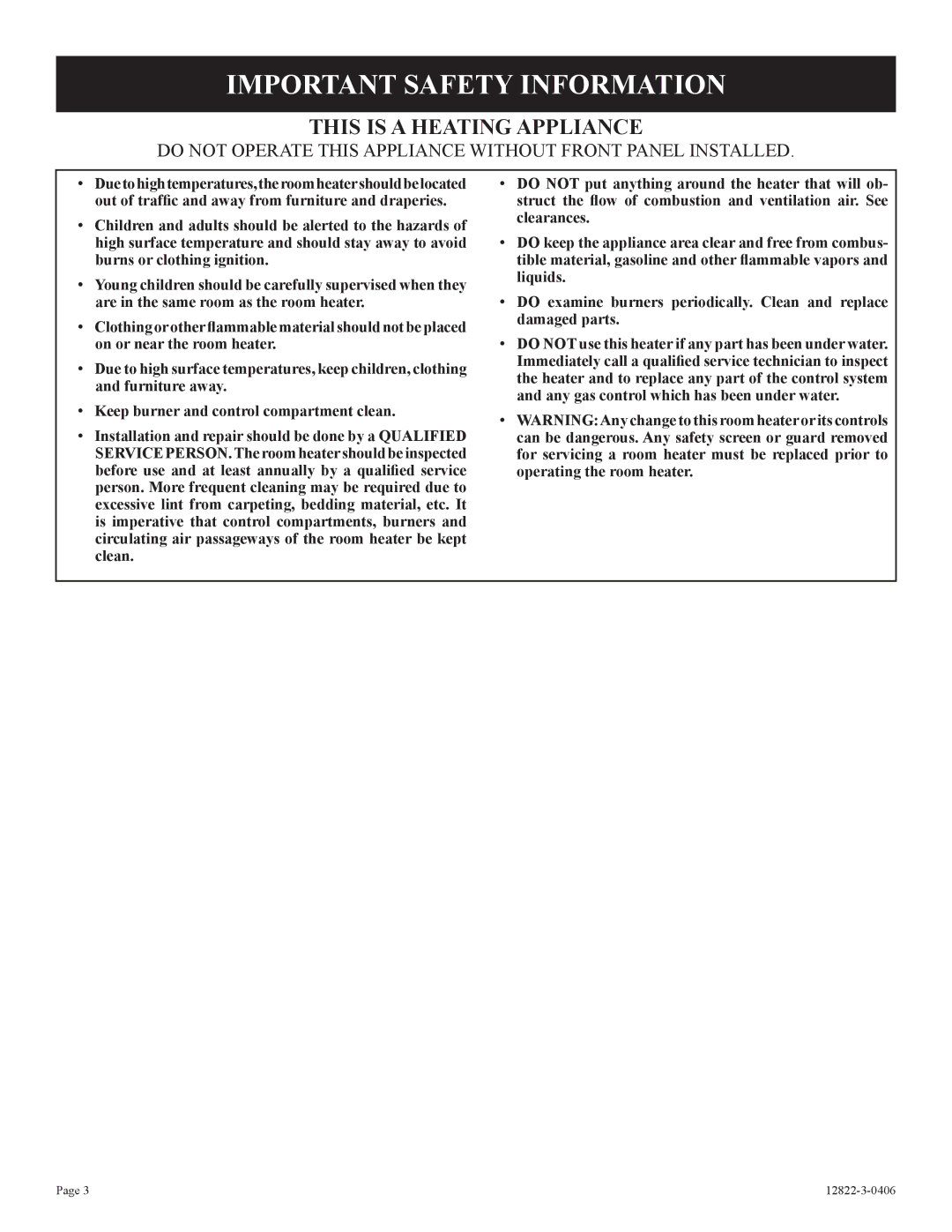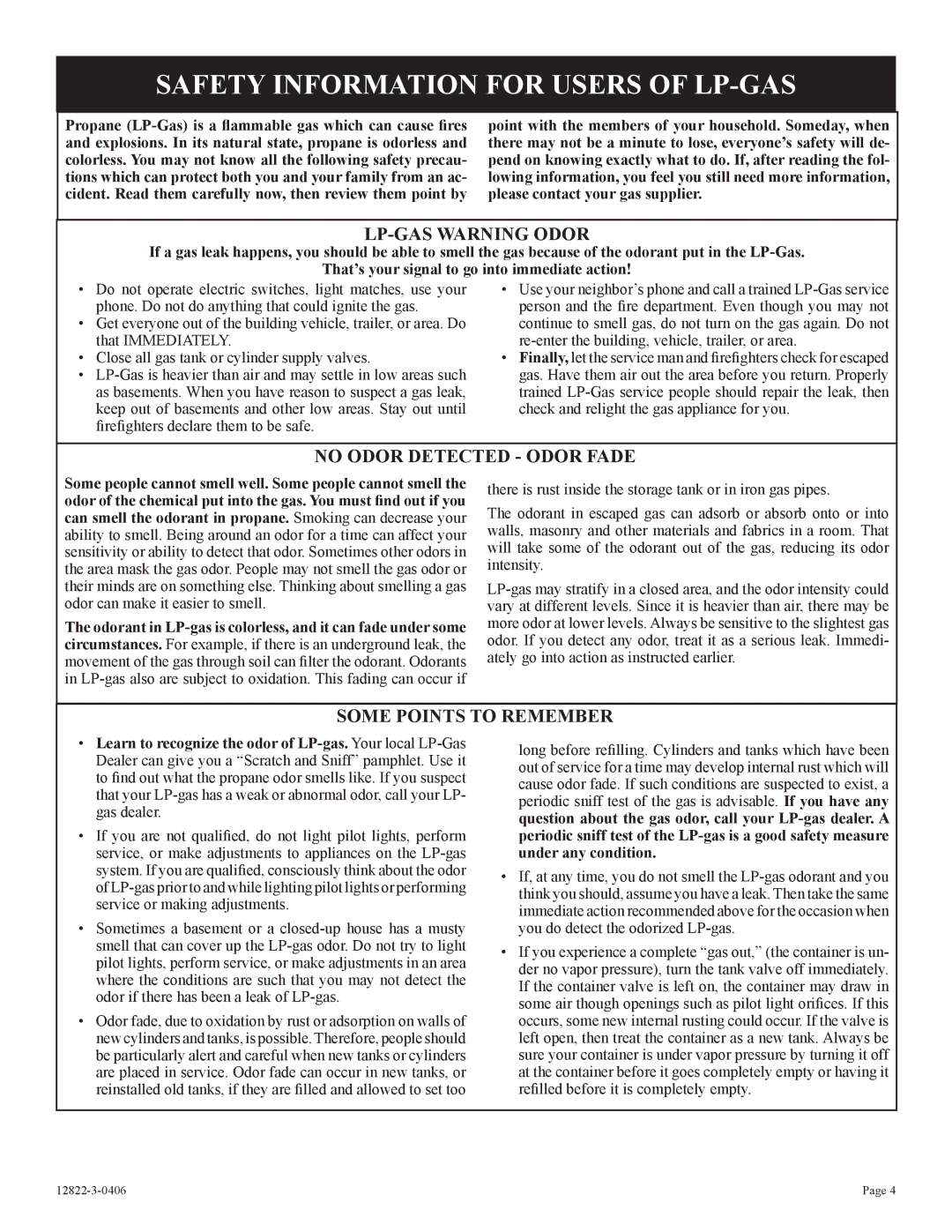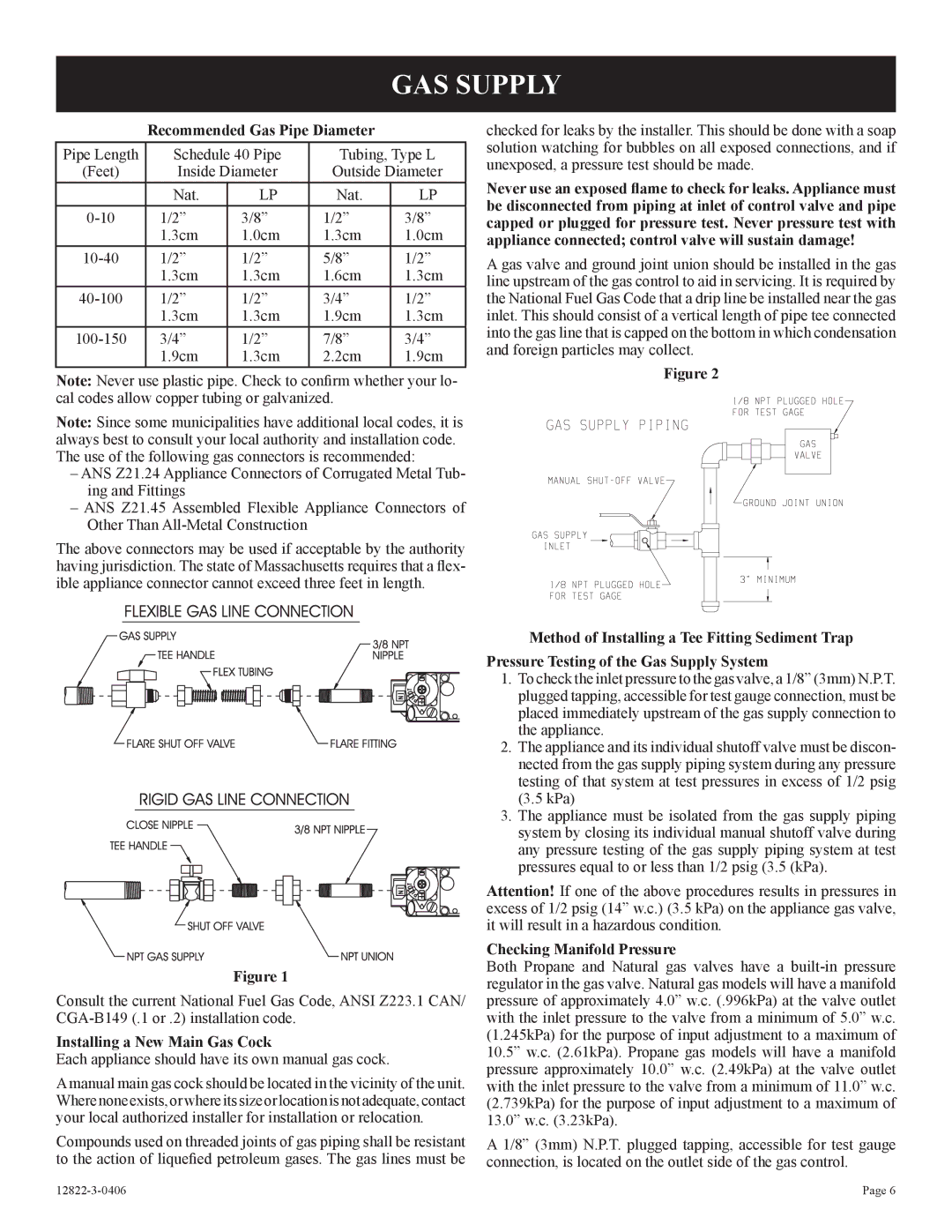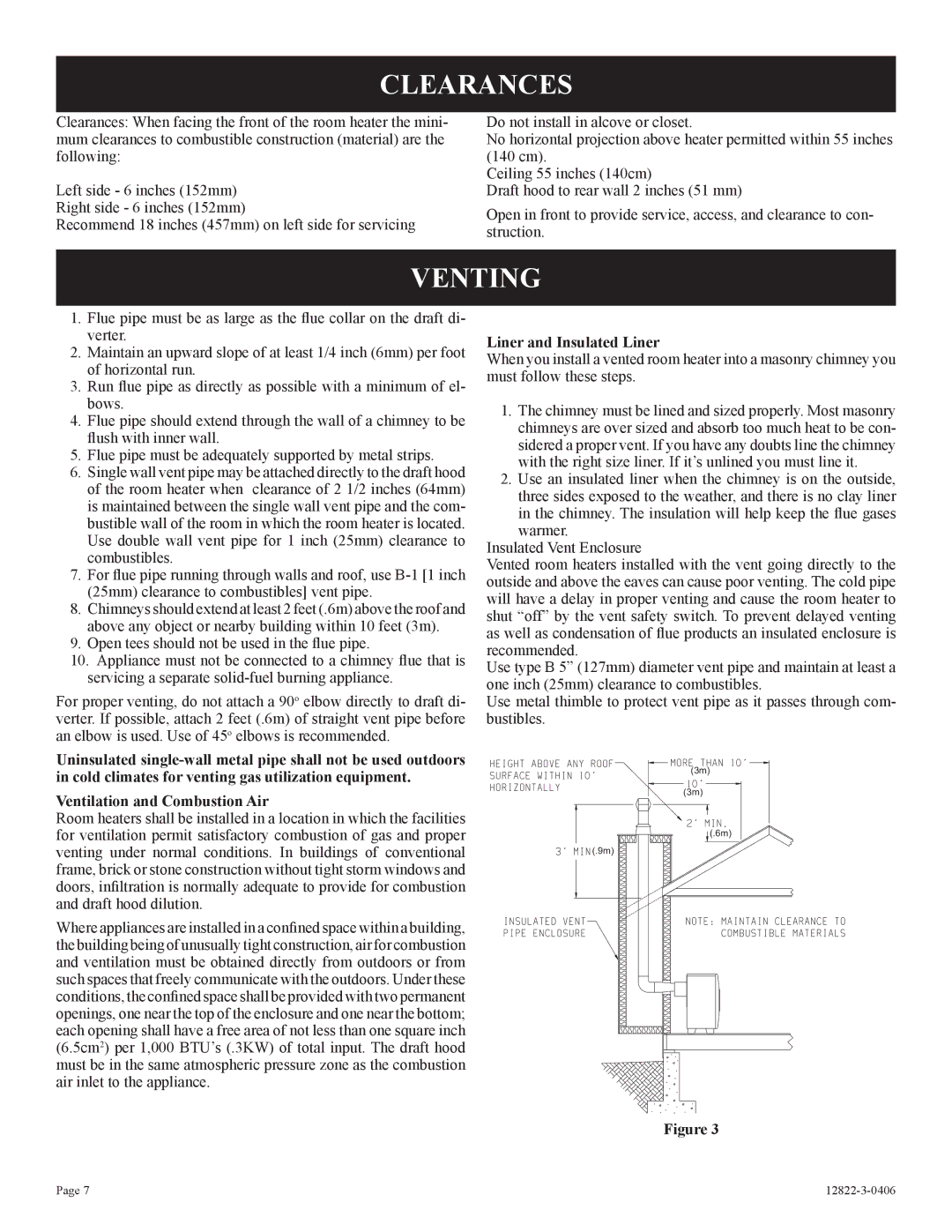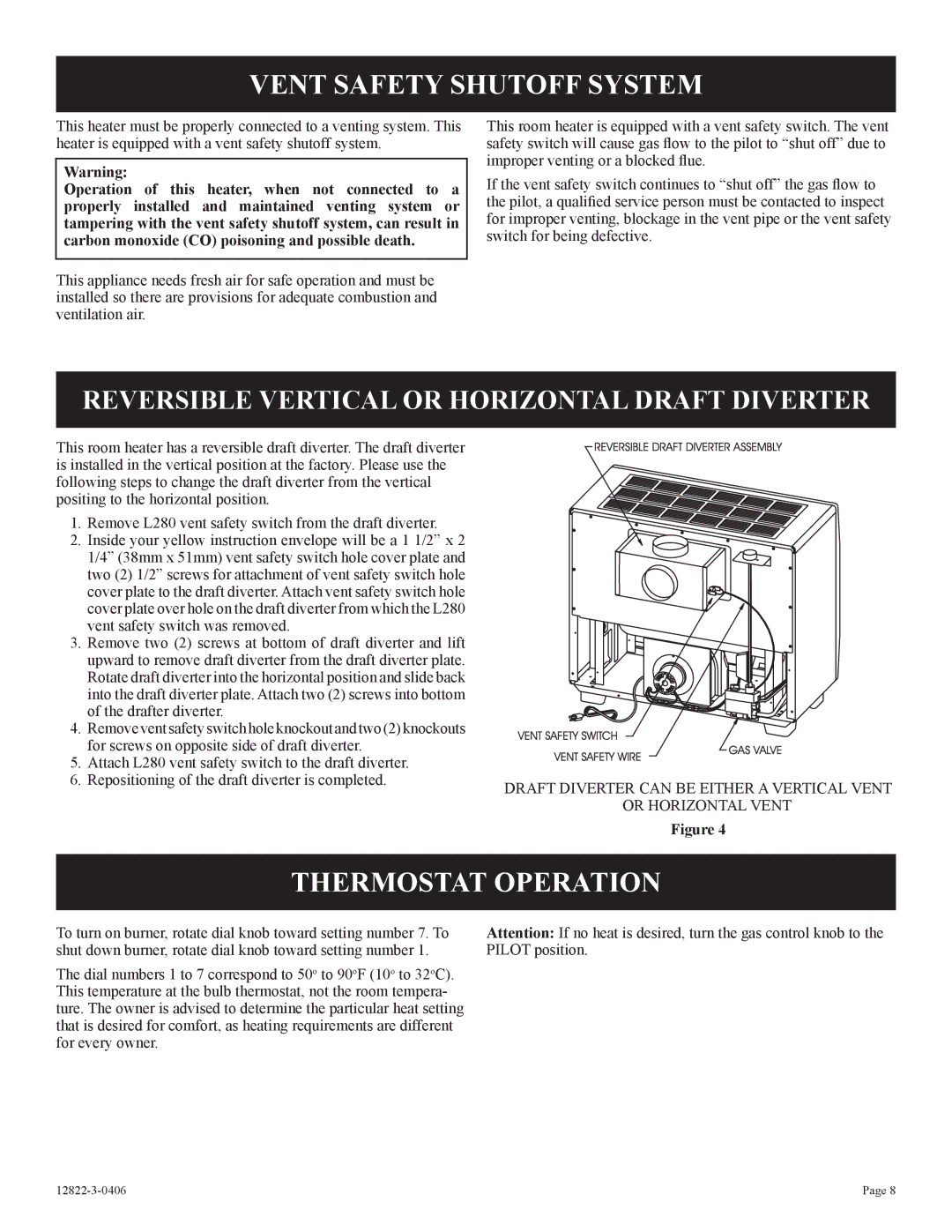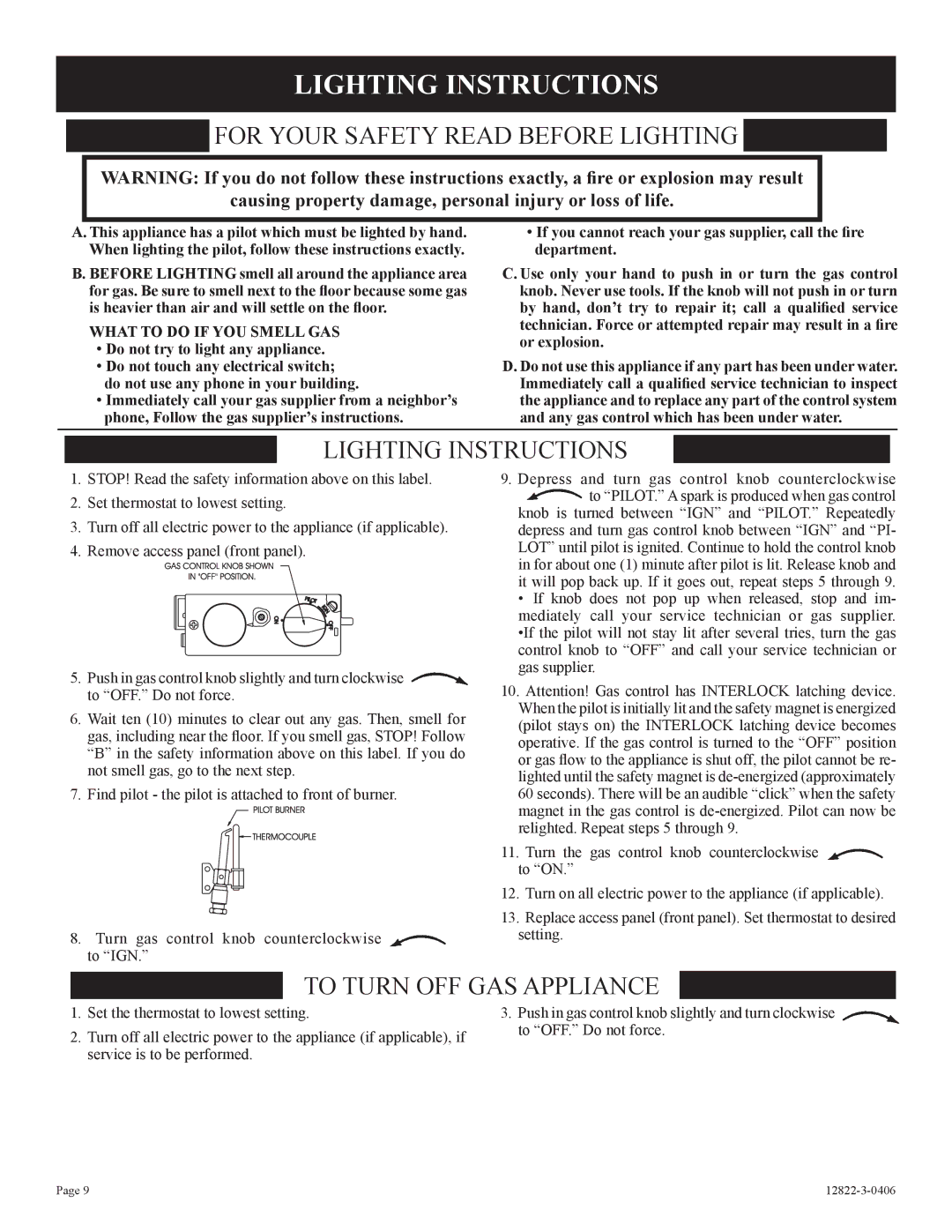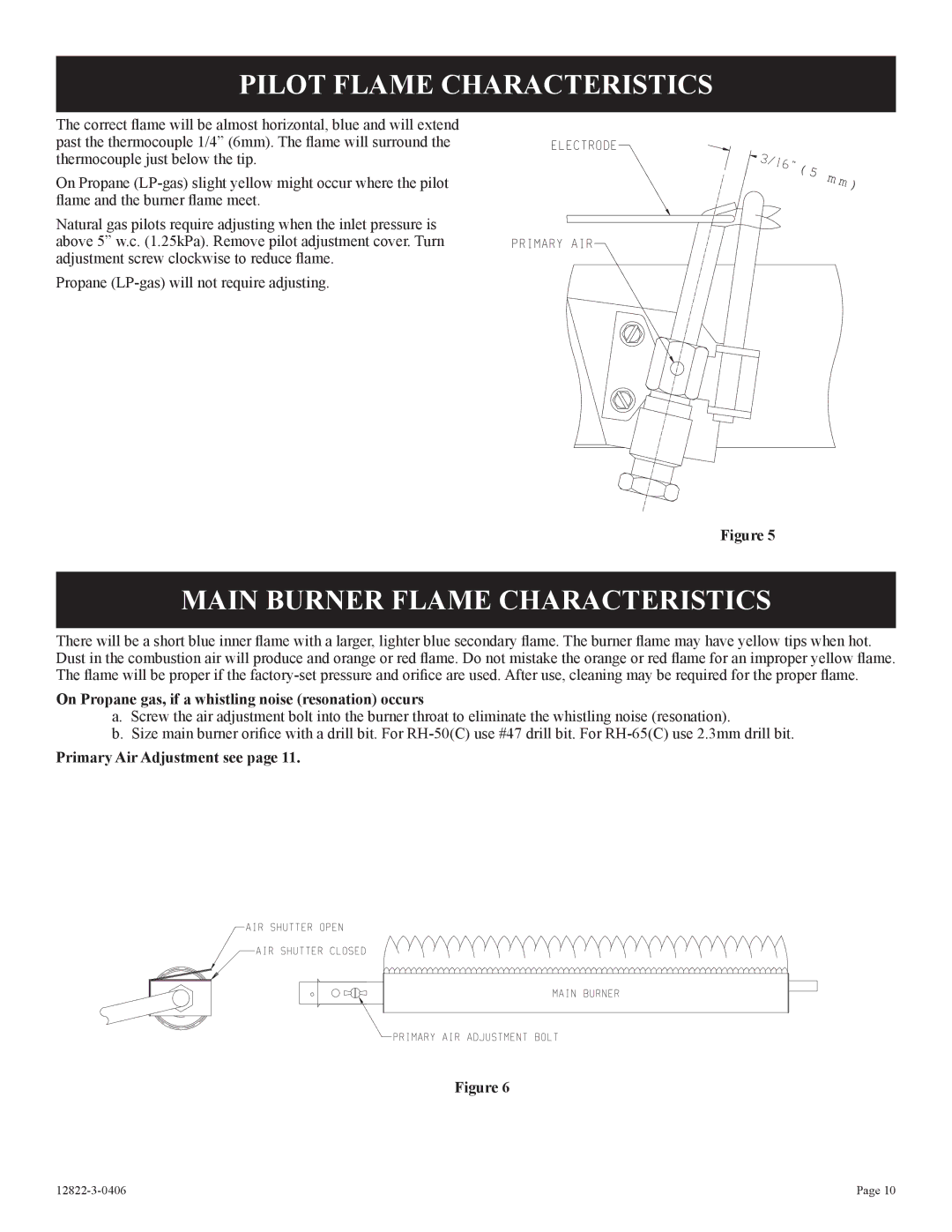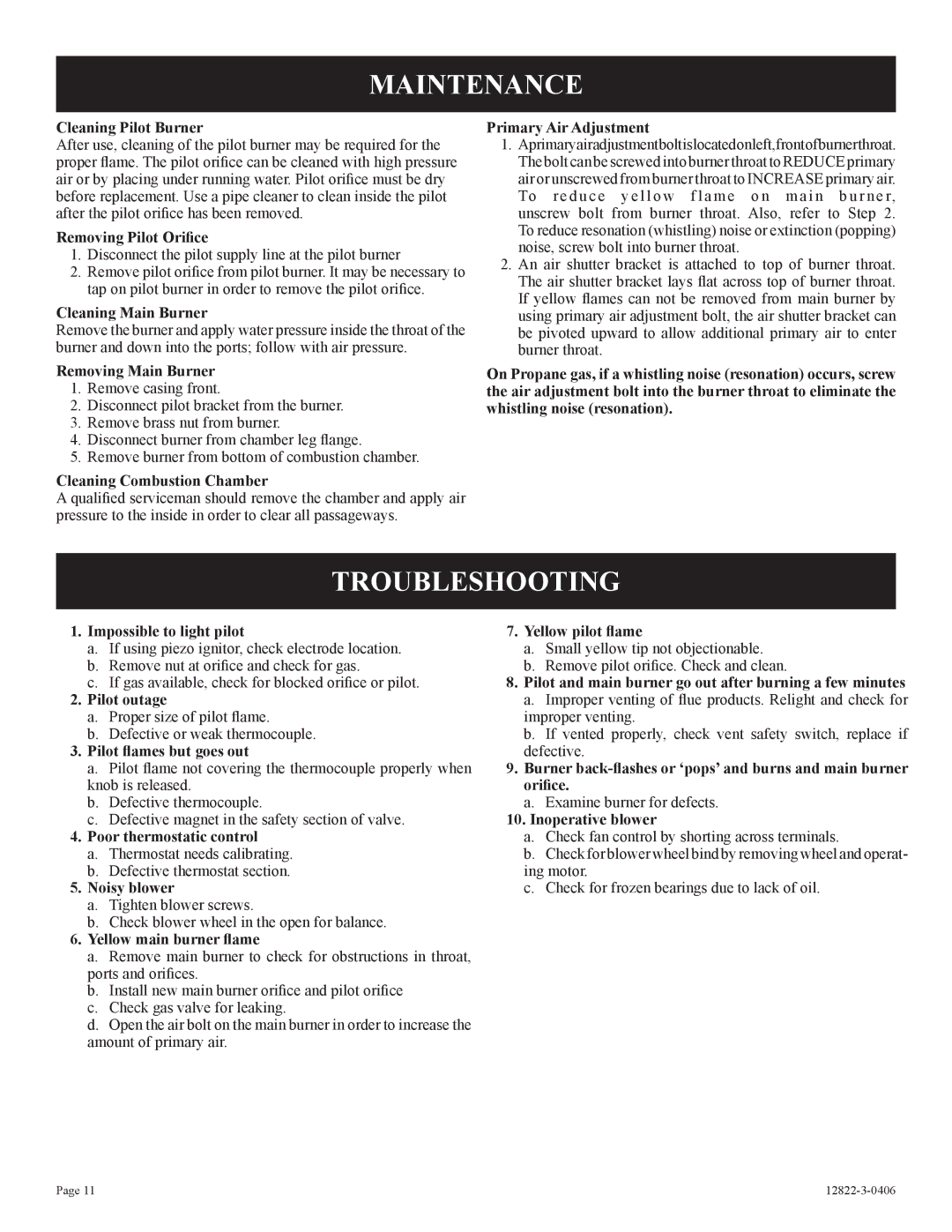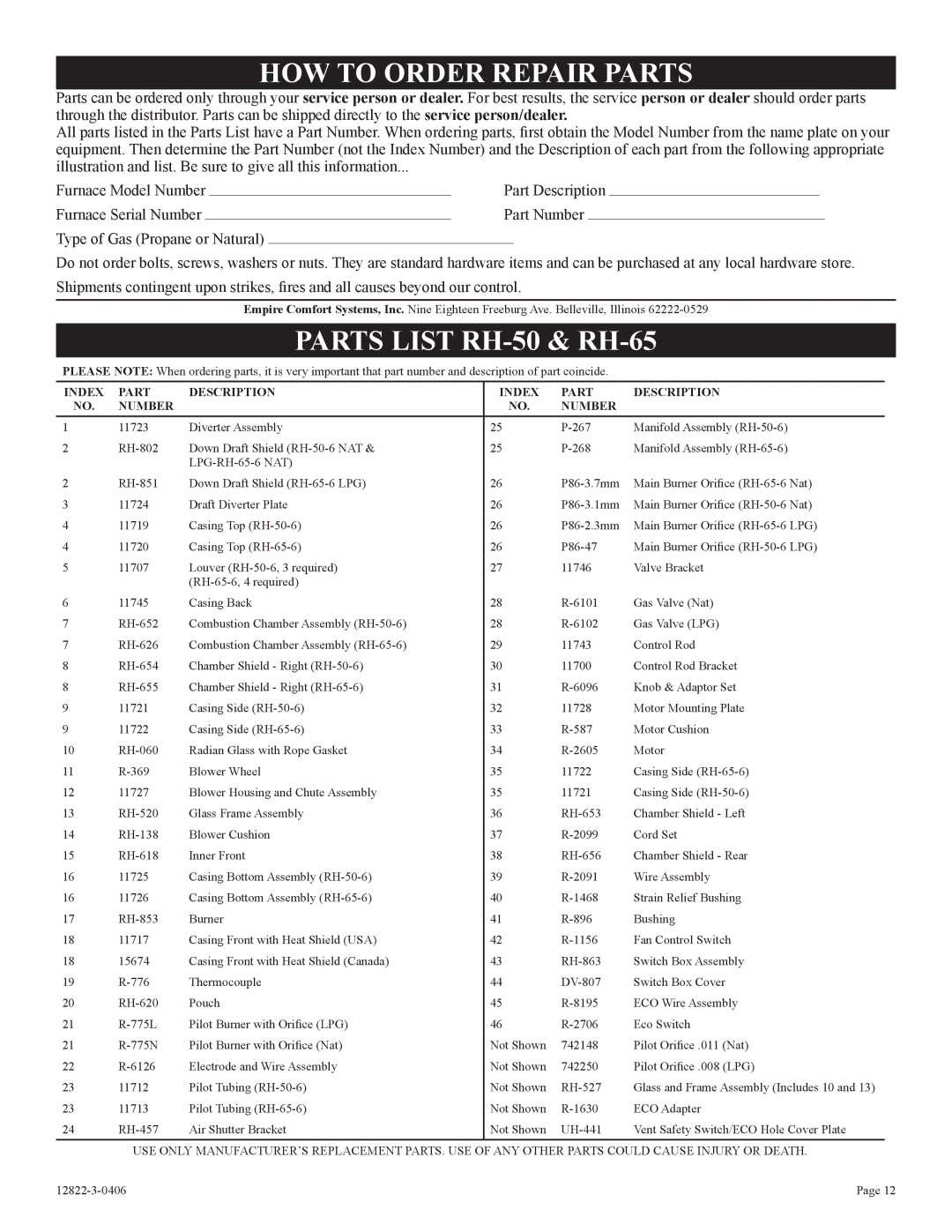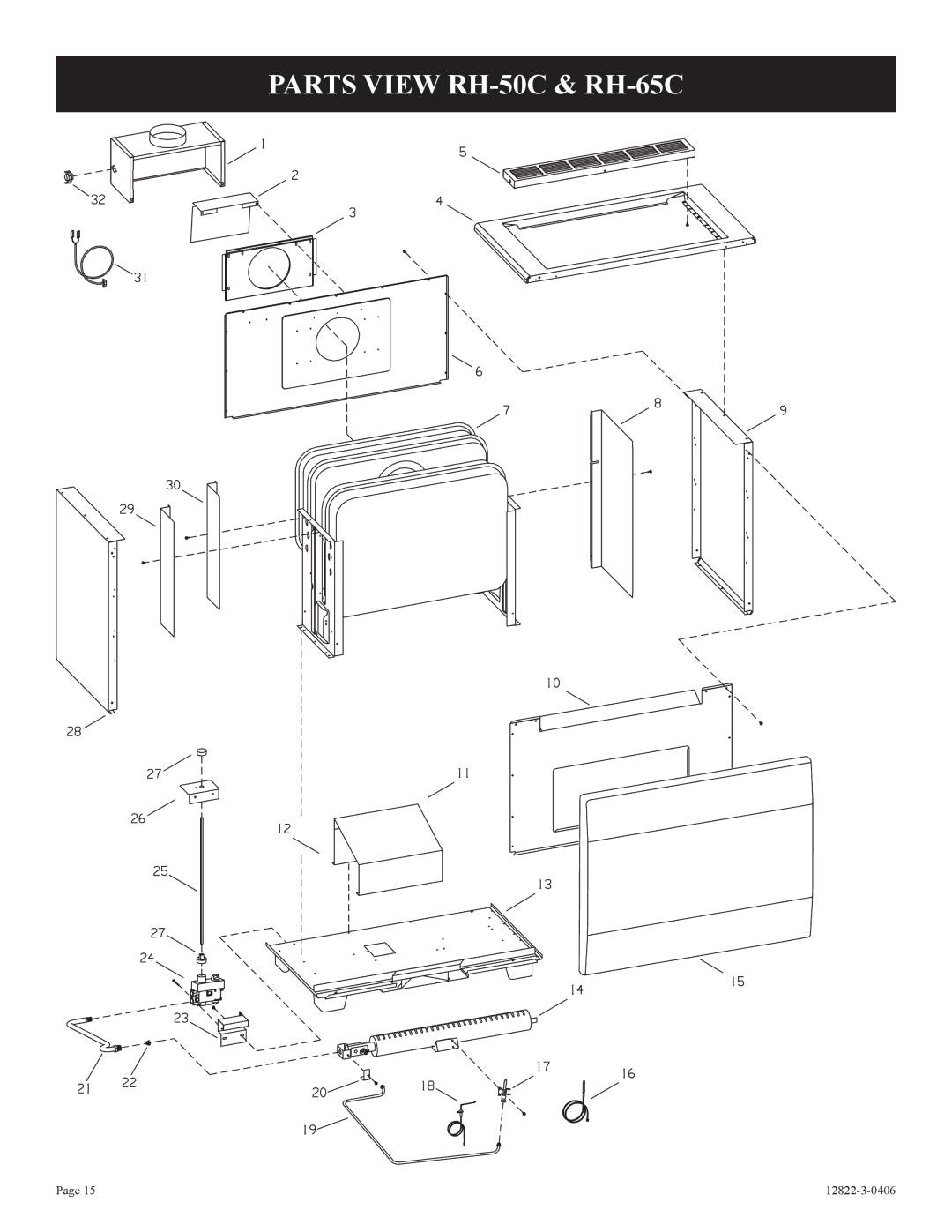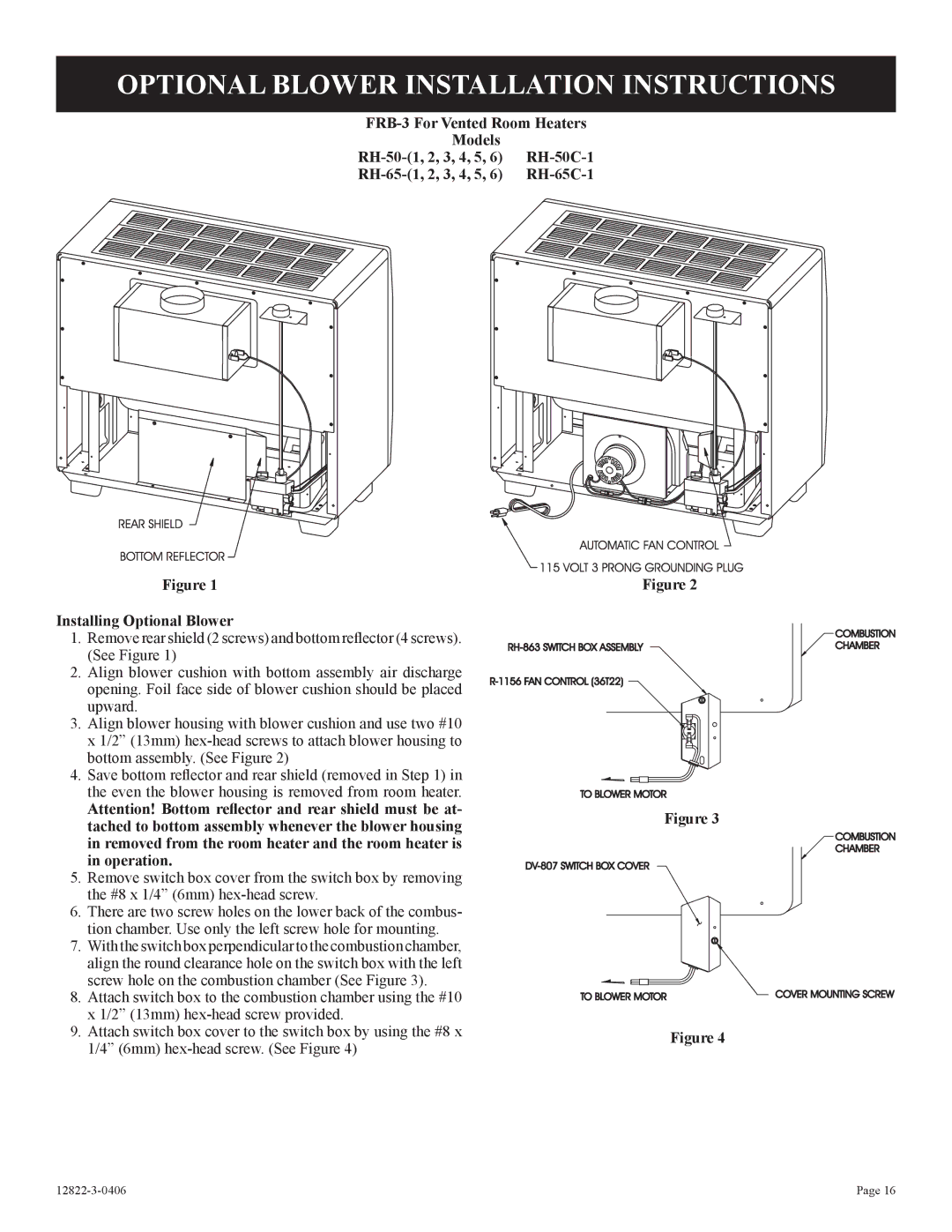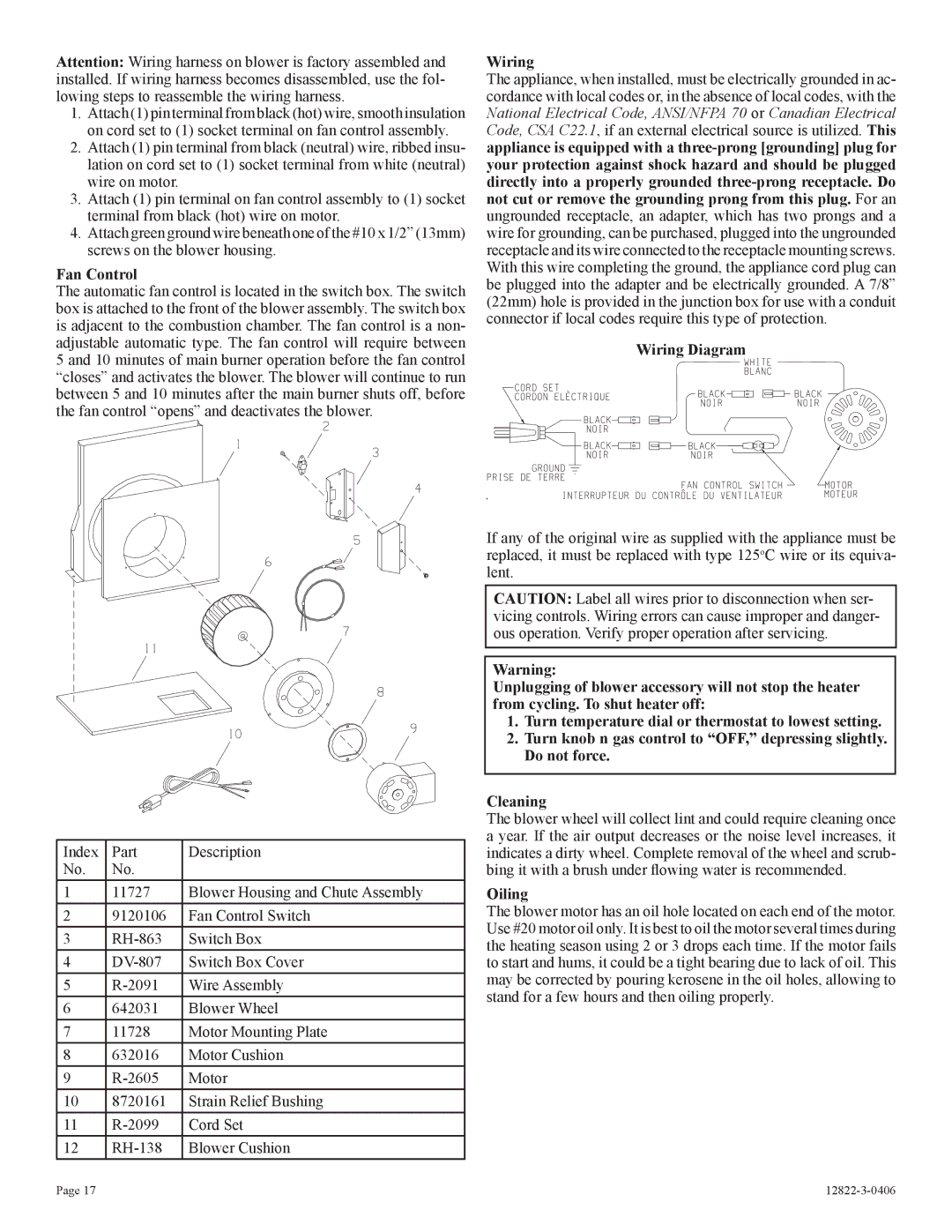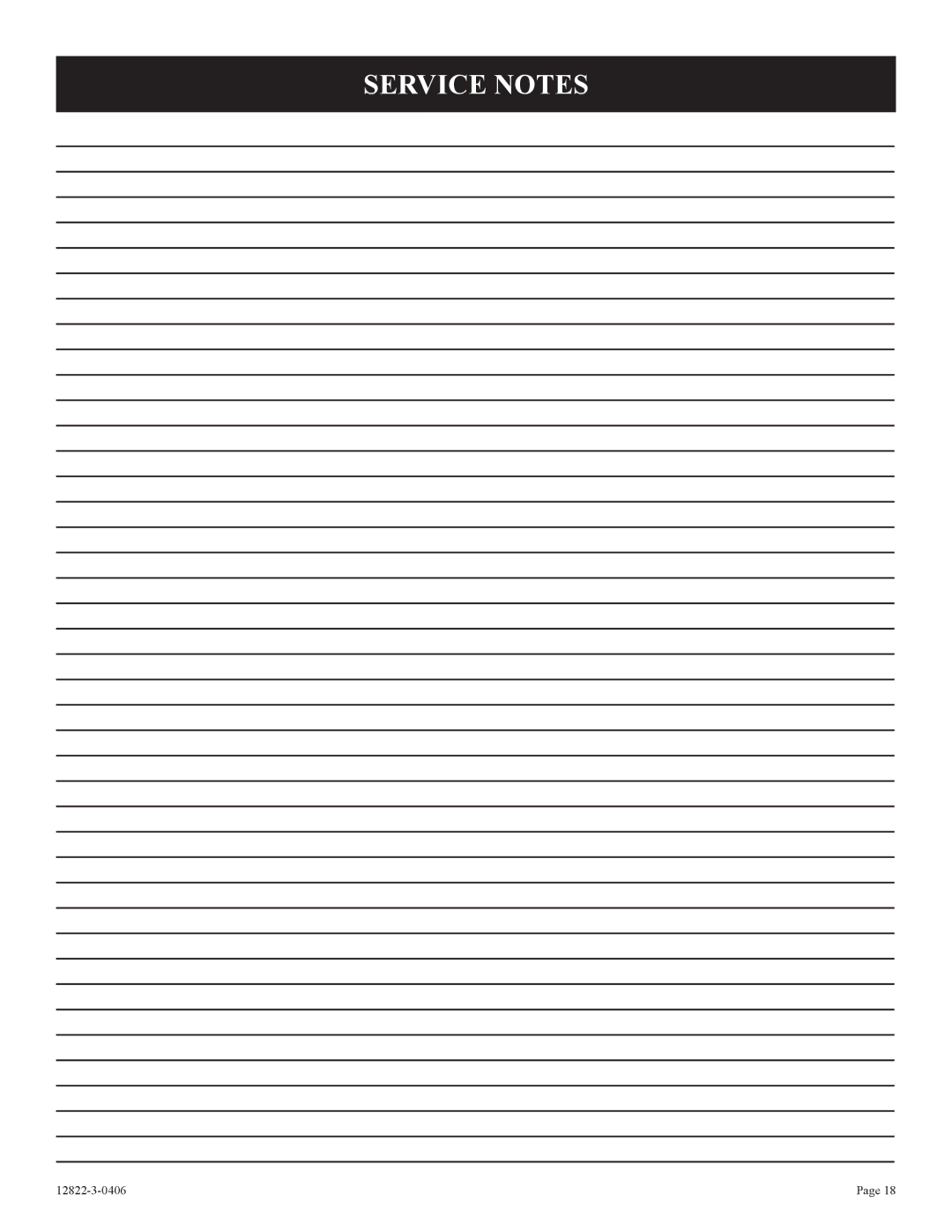RH-50-6 specifications
The Empire Products RH-50-6 is a cutting-edge heating solution designed to provide efficient warmth and comfort in residential and commercial settings. Known for its robust construction and high-performance features, the RH-50-6 has become a popular choice among consumers looking for reliability and efficiency in heating.One of the standout characteristics of the Empire RH-50-6 is its impressive heating capacity. With a powerful output designed to warm larger areas, this unit is ideal for spaces such as living rooms, basements, or even commercial environments. The RH-50-6 utilizes an advanced heating technology known as radiant heat, which warms objects and surfaces in the room directly, providing a consistent and comfortable temperature throughout the space.
Another key feature of the RH-50-6 is its sleek design. The modern aesthetics are complemented by a user-friendly interface, making it easy for homeowners to control their heating experience. The unit comes equipped with a digital thermostat that enables precise temperature regulation, allowing users to set their desired level of comfort with ease. Additionally, the thermostat can be programmed to maintain specific temperatures at different times of the day, optimizing energy usage and enhancing convenience.
The Empire RH-50-6 also prioritizes safety, equipped with several built-in safety features, including an automatic shut-off mechanism that activates if the unit overheats. This ensures peace of mind for users, particularly in family environments. The unit is designed to operate quietly, contributing to a serene atmosphere while maintaining warmth without disruptive noise levels.
Moreover, the Empire Products RH-50-6 emphasizes energy efficiency. The innovative design minimizes energy consumption while maximizing output, aligning with modern environmental standards and helping users reduce their utility bills. This eco-friendly characteristic makes it an attractive choice for those who are conscious of their environmental impact.
In summary, the Empire Products RH-50-6 stands out for its combination of powerful performance, user-friendly technology, and safety features. Whether for a large home or a commercial space, its ability to provide efficient and consistent heating is a testament to Empire’s commitment to quality and innovation. The RH-50-6 is not just a heating solution; it represents a blend of style, efficiency, and comfort that consumers can trust.
